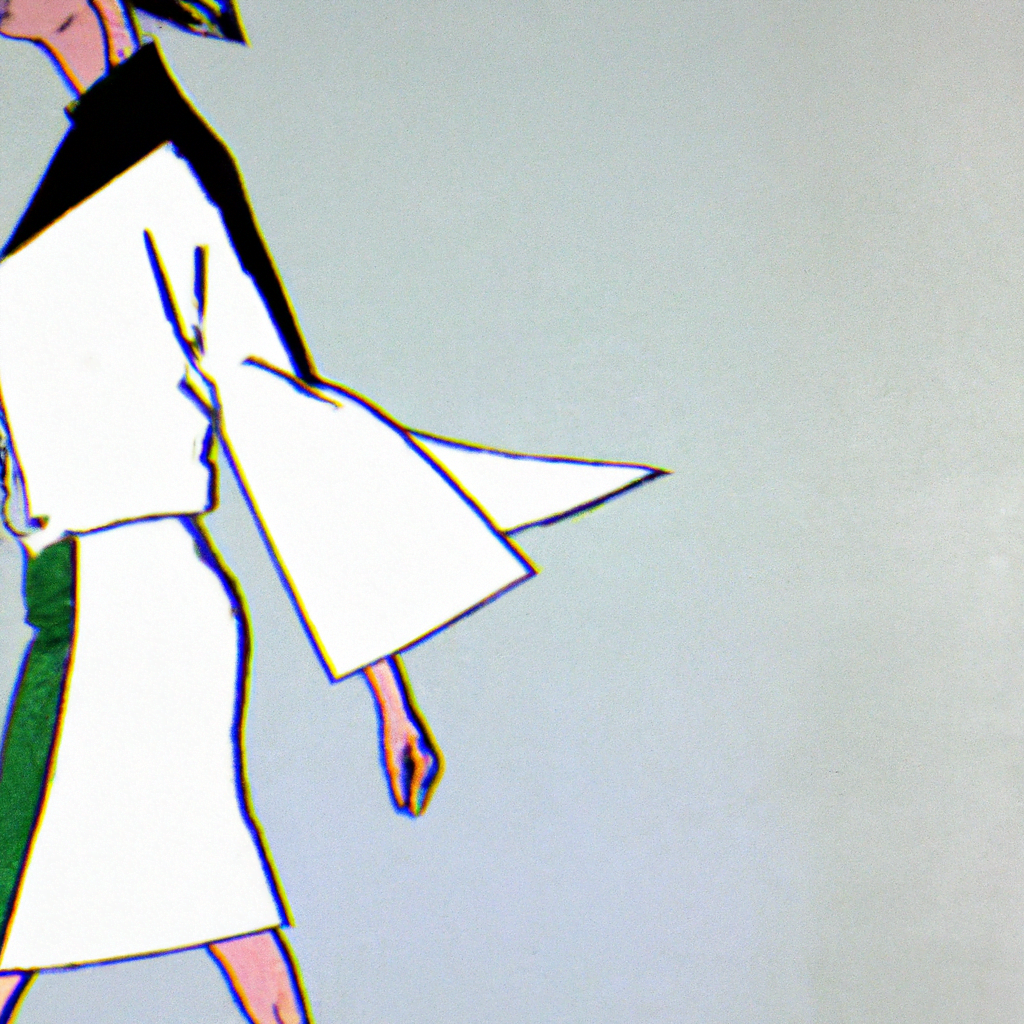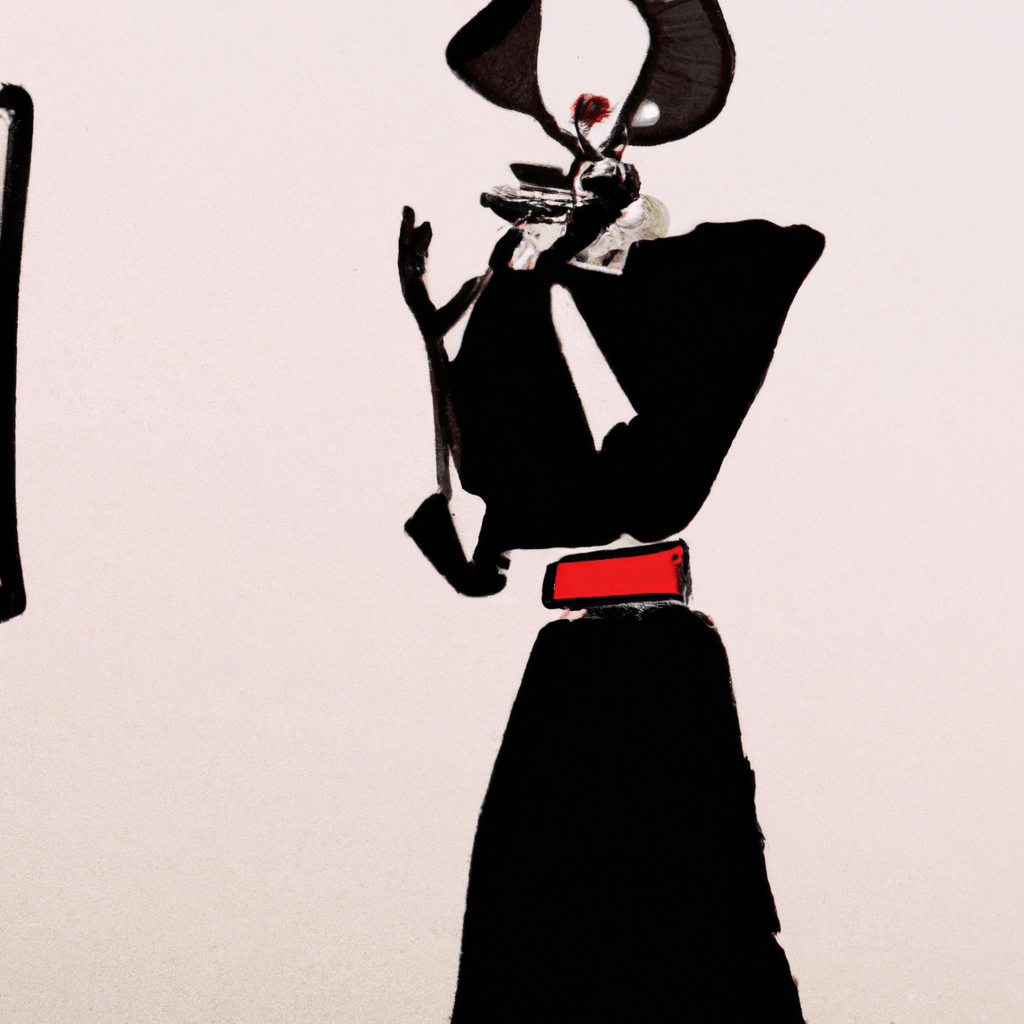
Illustrating for Fashion: From Runway to Print

Illustration has long been a vital component of the fashion industry, serving as a means of visual communication and storytelling. From capturing the essence of a designer’s vision on the runway to gracing the pages of glossy magazines, fashion illustration plays a crucial role in bringing fashion to life. In this article, we will explore the significance of illustrating for fashion and how it has evolved over time.
The Evolution of Fashion Illustration
Fashion illustration has a rich history that dates back to the 16th century when artists began depicting clothing designs for the elite. However, it wasn’t until the 19th century that fashion illustration truly flourished, thanks to the rise of fashion magazines and the demand for visual representations of the latest trends.
During this period, renowned illustrators such as Charles Dana Gibson and George Barbier gained prominence for their ability to capture the elegance and allure of fashion. Their illustrations graced the pages of publications like Vogue and Harper’s Bazaar, setting the standard for fashion illustration for years to come.
With the advent of photography in the 20th century, fashion illustration faced a decline as magazines shifted towards using photographs to showcase fashion. However, in recent years, there has been a resurgence of interest in fashion illustration, with many designers and brands recognizing its unique ability to convey a sense of fantasy and imagination.
The Role of Fashion Illustration Today
In the digital age, where images are abundant and easily accessible, one might question the relevance of fashion illustration. However, fashion illustration continues to play a vital role in the industry for several reasons:
- Capturing the Essence of a Collection: Fashion illustration allows designers to convey the mood, movement, and details of their collections in a way that photography often cannot. It provides a unique opportunity to showcase the artistic vision behind the designs.
- Creating a Distinctive Brand Identity: Many fashion brands use illustration as a way to differentiate themselves from their competitors. By employing illustrators with a distinct style, brands can create a visual identity that sets them apart.
- Engaging and Inspiring Consumers: Fashion illustrations have a whimsical and dreamlike quality that can captivate and inspire consumers. They evoke emotions and create a sense of desire, making them a powerful tool for marketing and advertising.
- Flexibility and Adaptability: Unlike photography, which requires models, locations, and equipment, fashion illustration offers flexibility and adaptability. Illustrators can easily modify and experiment with different styles, colors, and compositions to suit the needs of a particular project.
Illustrating for the Runway
One of the most prominent uses of fashion illustration is in the realm of runway shows. Before a collection hits the catwalk, designers often collaborate with illustrators to create sketches that capture the essence of their designs. These sketches serve as a visual guide for the production team, allowing them to bring the designer’s vision to life.
Illustrations for the runway are typically more conceptual and artistic, focusing on conveying the overall mood and theme of the collection rather than the precise details of each garment. They help set the tone for the show and create anticipation among the audience.
For example, renowned fashion illustrator David Downton collaborated with designer Christian Dior to create illustrations for the brand’s Haute Couture collections. Downton’s loose and expressive style perfectly captured the elegance and sophistication of Dior’s designs, adding an extra layer of allure to the runway presentations.
Illustrating for Print
In addition to the runway, fashion illustration continues to thrive in the world of print. Magazines, lookbooks, and advertisements often feature illustrations alongside photographs to create a visually dynamic and captivating experience for the reader.
Illustrations in print can range from detailed and realistic depictions of garments to more abstract and artistic interpretations. They can be used to highlight key pieces, showcase styling ideas, or simply add a touch of whimsy to the pages.
One notable example is the collaboration between fashion illustrator Megan Hess and luxury brand Fendi. Hess’s elegant and feminine illustrations have graced the pages of Fendi’s lookbooks and advertisements, adding a sense of sophistication and glamour to the brand’s image.
The Digital Age of Fashion Illustration
With the rise of social media and digital platforms, fashion illustration has found a new home online. Many illustrators now share their work on platforms like Instagram, where they can reach a global audience and connect directly with fashion enthusiasts.
Platforms like Instagram have also given rise to a new generation of fashion illustrators who have gained popularity through their unique styles and ability to capture the essence of contemporary fashion. Artists like Blair Breitenstein and Jenny Walton have amassed large followings by sharing their fashion illustrations online, attracting the attention of both brands and consumers.
The Future of Fashion Illustration
As the fashion industry continues to evolve, so too will the role of fashion illustration. While photography remains a dominant force, fashion illustration offers a distinct and imaginative approach that cannot be replicated.
With the increasing demand for unique and personalized content, fashion illustration is likely to continue thriving in both traditional and digital formats. Brands will continue to collaborate with illustrators to create captivating visuals that engage and inspire consumers.
Furthermore, as sustainability becomes a more significant concern in the fashion industry, illustration offers a more eco-friendly alternative to photography. Illustrations can be created digitally, reducing the need for physical materials and minimizing waste.
Conclusion
Illustrating for fashion is a timeless art form that continues to captivate and inspire. From the runway to print and the digital realm, fashion illustration plays a vital role in bringing fashion to life. Its ability to capture the essence of a collection, create a distinctive brand identity, and engage consumers makes it an invaluable tool for designers and brands alike.
As the fashion industry evolves, fashion illustration will undoubtedly evolve with it, adapting to new technologies and trends. However, its unique ability to convey imagination, emotion, and artistry will ensure that it remains an integral part of the fashion world for years to come.
